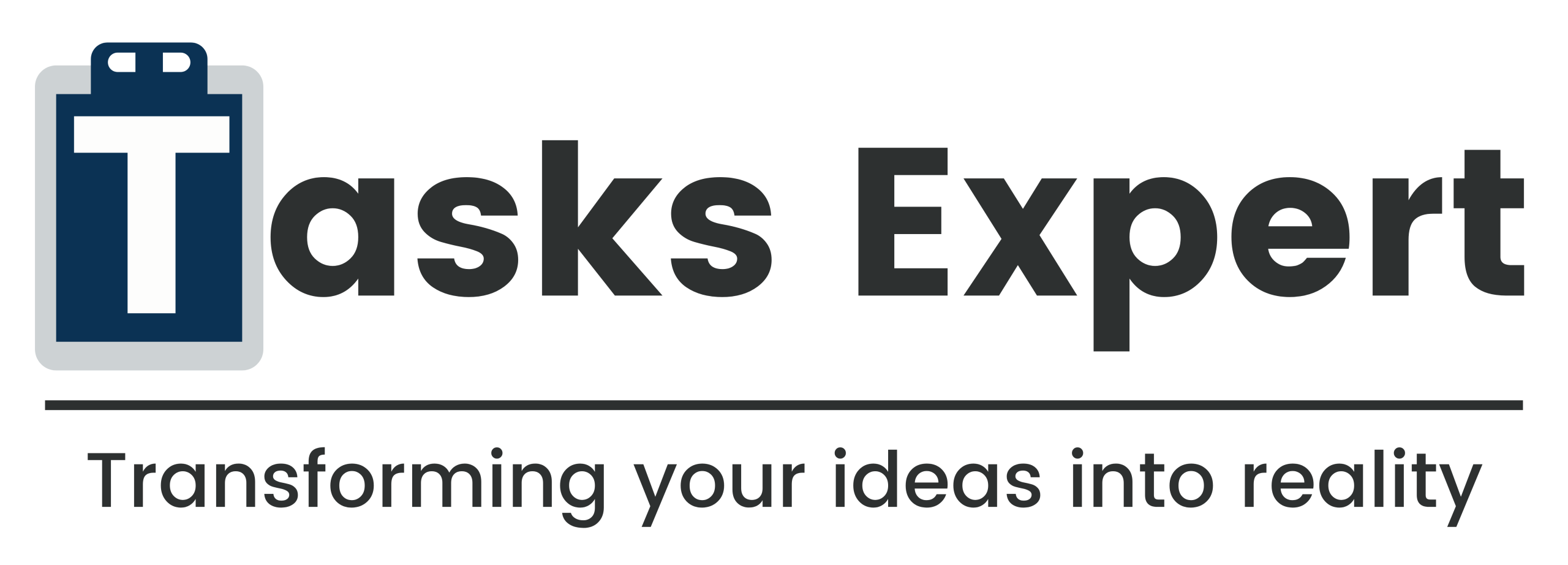Introduction
Healthcare revenue cycle optimization has been a top priority for medical practices, hospitals, and healthcare providers. As the number of patients increases, compliance requirements change, and insurance processes get more complicated. A smooth revenue cycle makes or breaks financial success and the ability to have cash flow in an organization.
Revenue cycle management (RCM) streamlines the whole process of patient care tracking. From scheduling appointments and registering patients to billing, payment collection, and claims handling. Yet other complex tasks, such as delayed payments, coding mistakes, and denied claims, usually siphon off resources and decrease profitability. With all these complexities, revenue cycle optimization steps in.
Healthcare providers use modern tools, automation, and AI to reduce claim denials, streamline invoicing, and receive faster reimbursement. Optimization ensures few errors, accurate billing, which enhances the patient experience with cost-cutting.
In this blog, the main aspects of healthcare revenue cycle optimization, its advantages, and challenges, as well as upcoming trends that will influence how providers operate in terms of revenue in an ever-evolving healthcare landscape, are discussed.
What is Healthcare Revenue Cycle Optimization?
Healthcare revenue cycle optimization has become a top priority for healthcare providers, medical practices, and hospitals. With increased patients, changing compliance rules, and many insurance rules, an efficient revenue cycle allows an organization to prosper financially or perish from cash flow deficits.

Revenue cycle management (RCM) refers to the entire process of following patient care, from appointment scheduling and registration through billing, payment collection, and claim management. But delays in reimbursements, coding mistakes, and denied claims result in draining resources and profit loss. Revenue cycle optimization is where it starts.
Healthcare organizations prevent claim denials, make billing easier, and get quick reimbursement by implementing new technology, automation, and AI. In addition to cost savings, optimization enhances patient experience because transparent billing and fewer errors build stronger trust. This blog discusses the most important aspects of healthcare revenue cycle optimization, the advantages, disadvantages, and upcoming trends that will influence the way providers deal with revenue amidst an evolving healthcare landscape.
Also Read: Outsourced CPA Services
What is Healthcare Revenue Cycle Optimization (HRCO)?
Healthcare revenue cycle optimization aims to streamline and optimize revenue cycle management systems to maximize efficiency and profitability. It ensures a smooth workflow of each phase that patients go through, such as scheduling, medical coding, insurance verification, billing, and collection.
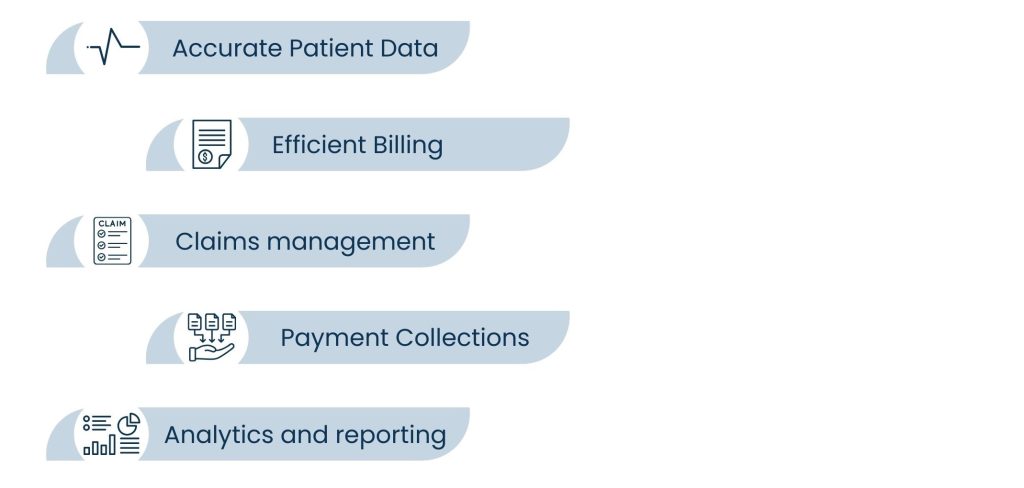
The important elements are:
- Accurate Patient Data: Preventing later claim denials with advanced registration and eligibility verification.
- Efficient Billing: Correct CPT and ICD-10 coding increases the acceptance of first-pass claims.
- Claims management: Reducing denials by efficiently monitoring, submitting, and renewing claims.
- Payment Collections: Offering patients payment options and automating reminders.
- Analytics and reporting: Using data to track denial rates, days in accounts receivable, and overall revenue performance is known as analytics and reporting.
Optimized healthcare revenue cycle not only enhances financial performance but also minimizes administrative burden and increases patient satisfaction when streamlined.
Benefits of Healthcare Revenue Cycle Optimization
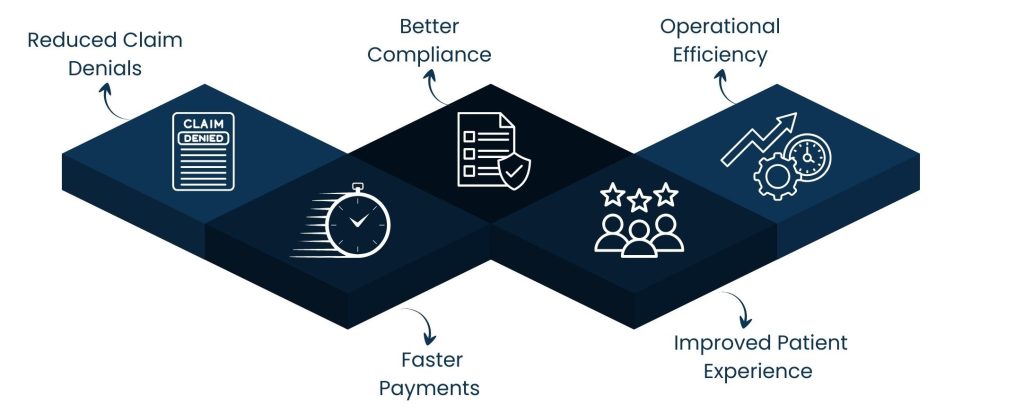
Revenue cycle optimization benefits providers and patients with obvious advantages:
- Reduced Claim Denials: Automated claim cleaning and effective front-end processes lower the number of refused claims.
- Faster Payments: Improved billing results in shorter reimbursement cycles for patients and insurance.
- Better Compliance: Penalties are avoided when HIPAA and regulatory standards are followed.
- Improved Patient Experience: Efficient invoicing and easy-to-use payment methods inspire trust.
- Operational Efficiency: Employees prioritize patient care over fixing mistakes.
Organizations that optimize their revenue cycle for the complicated healthcare market achieve financial stability and improve service.
Also Read: Website Traffic Metrics
Obstacles to Revenue Cycle Optimization
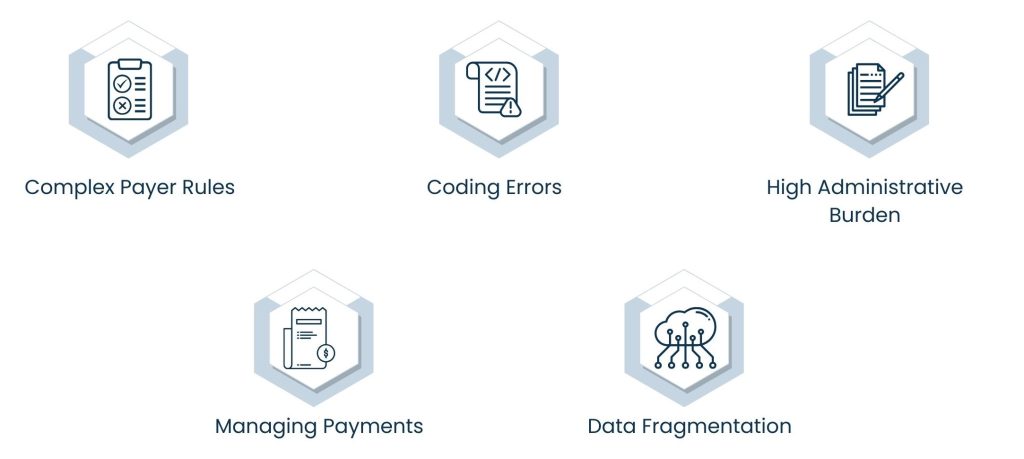
Optimization remains challenging for most health care providers due to:
- Complex Payer Rules: Ever-changing insurance policies complicate billing.
- Coding Errors: The most common cause of rejected claims is medical coding errors.
- High Administrative Burden: Older systems and a lack of personnel cause delays.
- Managing Payments: The risk of bad debt rises as the budget increases.
- Data Fragmentation: Ineffective EHR, billing, and RCM system integration leads to inefficiencies.
Process automation, employee training, and technology adoption are required to address these problems.
Strategies for Optimizing the Healthcare Revenue Cycle

For providers to be successful, a methodical strategy is required:
- Front-End Verification: Proper capture of patient data and insurance verification at registration.
- Automated Billing Systems: Use AI-based software for coding and billing to minimize human error.
- Denial Management: Track denial causes, appeal on time, and fix repeat causes.
- Payment Plans: Offer clear statements, installment plans, and digital payments.
- Analytics & KPIs: Monitor days in A/R, clean claim rates, and collection percentages to identify delays.
Proactively addressing income loss guarantees ongoing advancement in financial performance.
Healthcare Revenue Cycle Optimization in the Near Future
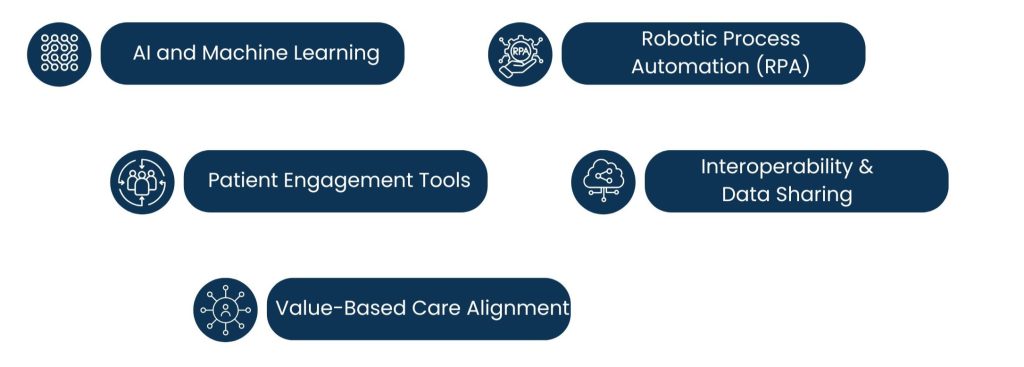
Predictive analytics, automation, and artificial intelligence have become significant for revenue cycle optimization.
- AI and Machine Learning: Increase accuracy, automate coding, and anticipate claim denials before they happen with AI and machine learning.
- Robotic Process Automation (RPA): Automate repetitive administrative duties, such as checking the status of claims, with robotic process automation (RPA).
- Patient Engagement Tools: Mobile apps and portals with initial cost estimation and payment convenience.
- Interoperability & Data Sharing: Seamless interfacing of EHRs, RCM, and payer systems for real-time exchange.
- Value-Based Care Alignment: Revenue cycles will become quality-based reimbursement models.
These innovations will be embraced by healthcare providers who not only increase revenue but also create a more patient-centered, transparent, and efficient ecosystem of care.
Conclusion
The effective revenue cycle has a significant impact on the success of healthcare organizations. Revenue cycle optimization is crucial for the issues of patient billing, compliance, and increasing demands to implement healthcare.
Providers improve compliance, accelerate payments, and free up staff time to concentrate more on patient care by emphasizing precise patient information, reducing claim denials, and by automation technology. The optimization of strategies through technology guarantees long-term financial stability, even in the face of persistent obstacles like payer complexity and coding faults.
At Tasks Expert, we recognize the necessity of efficient revenue management. Our support operations assist healthcare providers in better managing billing, coding, and data processes. By striking the right balance between expertise and technology, organizations can fortify their revenue cycles and provide improved patient experience.
Frequently Asked Questions
It is the process of improving revenue cycle management to optimize financial performance by reducing errors, improving billing accuracy, and streamlining collections.
It increases compliance, decreases claim denials, speeds up payments, boosts patient happiness, and fortifies overall financial stability.
Multiple coding mistakes, payer policy intricacies, large administrative burden, and tardy payments to the patients are significant problems.
RPA, automation, and AI can automate billing, predict denials, lower errors, and give real-time data so that decisions are well-informed.
It encompasses AI-driven claim prediction, electronic patient payment capabilities, integrated EHR-RCM systems, and value-based reimbursement models.
About Us
Tasks Expert offers top-tier virtual assistant services from highly skilled professionals based in India. Our VAs handle a wide range of tasks, from part time personal assistant to specialized services like remote it support services, professional bookkeeping service etc. Furthermore, it helps businesses worldwide streamline operations and boost productivity.
Ready to elevate your business? Book a Call and let Tasks Expert take care of the rest.




